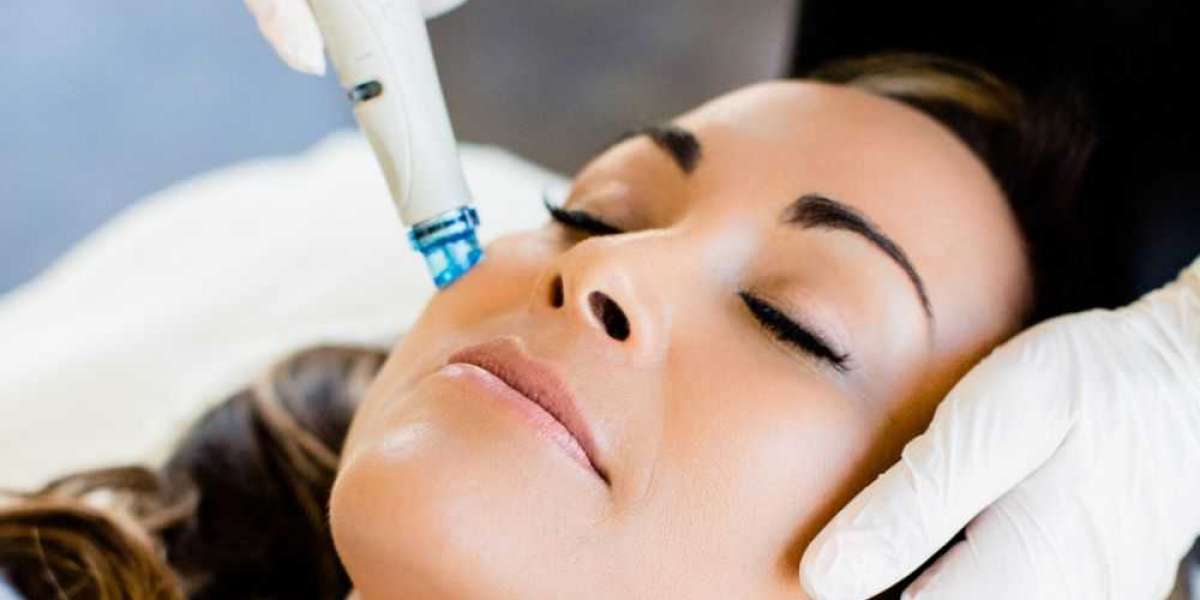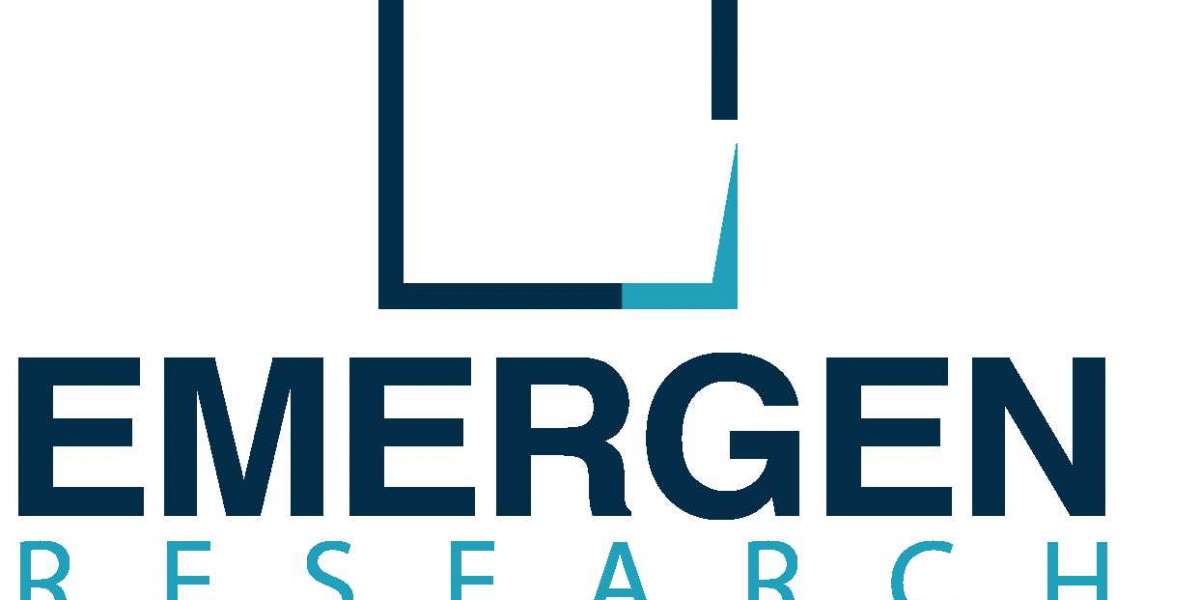Microneedling, also known as collagen induction therapy, has gained significant popularity in the field of skincare. This minimally invasive procedure involves the use of fine needles to create controlled micro-injuries on the skin's surface, stimulating the body's natural healing response and promoting the production of collagen and elastin. In this comprehensive guide, we will explore the benefits, process, and expectations associated with microneedling, a transformative treatment for rejuvenating the skin.
Benefits of Microneedling:
Collagen Stimulation: By creating micro-injuries, microneedling triggers the production of collagen and elastin, essential proteins that provide structure and elasticity to the skin. This leads to improved skin texture, firmness, and a more youthful appearance.
Reduction of Wrinkles and Fine Lines: Microneedling helps reduce the appearance of wrinkles, fine lines, and crow's feet, resulting in smoother and more youthful-looking skin.
Scar Reduction: The procedure can effectively minimize the visibility of acne scars, surgical scars, and stretch marks, promoting a more even skin texture.
Improved Skin Tone and Texture: Microneedling helps address hyperpigmentation, sun damage, and uneven skin tone, resulting in a more radiant and even complexion.
Pore Size Reduction: The treatment can help reduce the appearance of enlarged pores, giving the skin a smoother and more refined appearance.
The Microneedling Process:
The microneedling procedure involves several steps designed to stimulate the skin's natural healing process and promote collagen production. Here is an overview of the typical microneedling process:
Consultation and Preparation:
Before the procedure, a consultation with a skincare professional is conducted to assess the individual's skin condition and determine the most suitable treatment plan.
The skin is cleansed and prepared to ensure optimal results and minimize the risk of infection.
Numbing (Optional):
Depending on the individual's comfort level, a topical numbing cream may be applied to the treatment area to minimize any potential discomfort during the procedure.
Microneedling Treatment:
A specialized microneedling device, such as a derma roller or a pen-like device with disposable needle cartridges, is gently applied to the skin's surface.
The device creates controlled micro-injuries by vertically puncturing the skin, stimulating the body's natural healing process.
Serum or PRP Application (Optional):
After the microneedling process, a specialized serum or platelet-rich plasma (PRP) may be applied to the treated area to further enhance the results.
The serums or PRP contain nourishing ingredients that promote collagen production and skin rejuvenation.
Aftercare and Recovery:
Post-treatment, the skin may appear slightly red and feel sensitive, similar to a mild sunburn. This is a normal response and typically subsides within a few hours to a few days.
Skincare professionals may provide specific aftercare instructions, such as avoiding direct sun exposure and applying soothing products to aid in the healing process.
Expectations and Results:
Microneedling offers noticeable results, but multiple sessions are usually recommended to achieve optimal outcomes.














